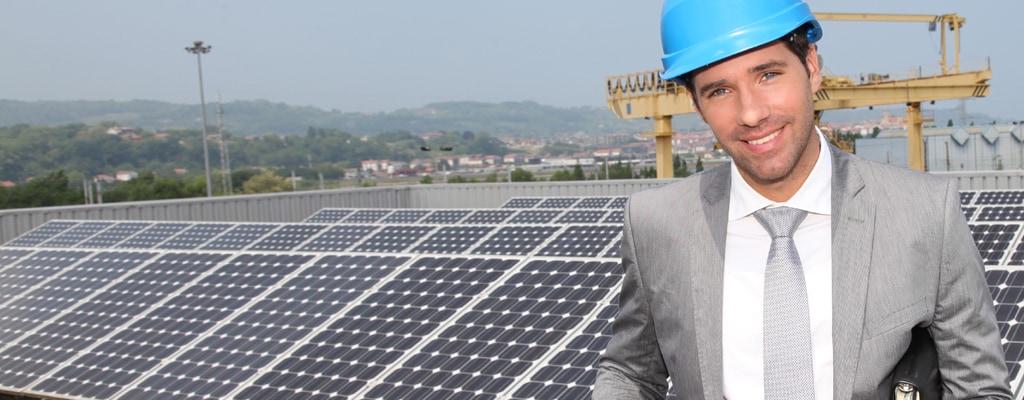
Trend Insight
Innovations on the Horizon
In the solar power industry, the extension of the Investment Tax Credit in the United States, advances in 1500V products, and bi-facial panel technology are opportunities for growth. By: John Akins, Global Industry Marketing, Intelligent Buildings
The solar power industry is headed for another banner year. Looking ahead, the extension of the Investment Tax Credit sets up the U.S. solar-power industry to continue the strong trajectory of growth. Installation volume will hit new record highs and with a particularly strong outlook for distributed generation market. Deployment of residential and commercial rooftop systems will accelerate as product and deployment reductions keep pace, and as local, self-generation power converges with smart buildings automation and connected home energy management applications. These dynamics lead to trends to watch for 2016.
Smart solar products will be a vital link in the convergence of smart buildings and home automation systems.
Up on the Roof Top
The number of manufactures providing bi-facial photovoltaic panels is rapidly expanding to address real-estate limited applications. The additive efficiency gains and power density benefits are proving to be valuable in the expanding distributed generation segments, such as rooftop and community solar applications.
Smarter Solar
Smart solar panels, controls, and monitoring momentum has increased sharply. PV panels with integrated electronics addressed a wide range of applications from optimization, to monitor, to rapid shut down compliance. Smart solar junction boxes for OEM panels and modular plug-and-play solutions could be seen throughout the event. Industry standards need to be addressed to ensure interoperability and mechanical intermateablity among the variety of application opportunities. Smart solar products will be a vital link in the convergence of smart buildings and home automation systems. These systems will now link self-generation and energy storage with demand consumption enabling the owner occupier to have greater independence.

Experience: A Strategic Driver
By comparison to fossil fuel markets, the solar industry is young and continues to learn of the quality and reliability challenges. Discussions about operation and maintenance and “bankability” are becoming as important as initial product and deployment costs. Field failures and repairs can be very difficult to diagnose and have been known to significantly strain the ROI models. Employing premium hardware products upfront can mitigate the risk and give the system a higher bankability rating for financers and end users.
Standardizing UL and TUV Certifications
UL 1500V systems are just beginning to make their way to market. Dual 1000V and 1500V UL and TUV certification will be needed and likely become the standard at the interconnect level to avoid potential hazards of mismatching products. At the same time larger cable requirements are going to be need to handle increase wattage and to keep energy transmission losses to a minimum.


